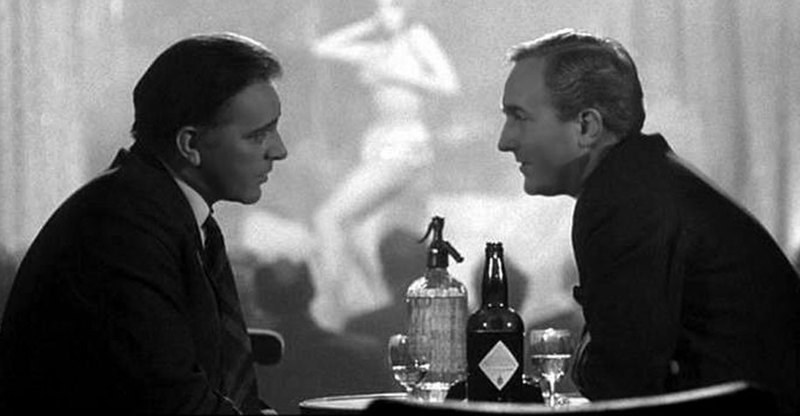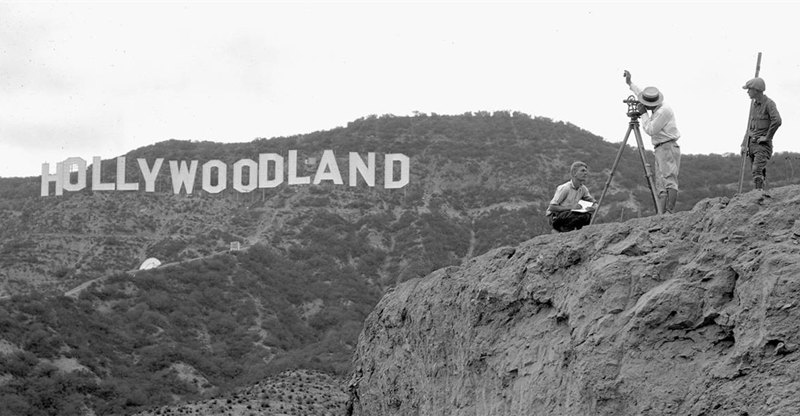“Babes in Toyland” was 1903 operetta by Victor Herbert that was frequently produced at the community theater level and first made into a movie in 1934 starring Stan Laurel and Oliver Hardy. Disney remade it in 1961 to take advantage of the popularity of several of their TV stars and released it in Technicolor in theaters as a Christmas movie.
In 1961, four hour-long “Zorro” specials were airing on Disney’s Sunday-night show, and fans loved seeing the mute Bernardo (Gene Sheldon) as Zorro’s sidekick, and the bumbling and blustery Sergeant Garcia (Henry Calvin) as the soldier who served his commandant and was sworn to catch Zorro, but sympathetic to the masked hope of the people.
There’s little resemblance between the Disney version and the 1934 film, which stayed closer to the original operetta and libretto, focusing on Dum and Dee (Laurel and Hardy) who lived in a shoe and had to find a way to pay the mortgage or lose the house.
Disney’s “Babes in Toyland” features Sheldon and Calvin as Laurel and Hardy characters—two bumbling henchmen who work for the smarmy and villainous Silas Barnaby (Ray Bolger, “The Wizard of Oz”), and both basically transfer their “Zorro” roles to this film. In 1961, that was a source of delight—a bonus, really, for audiences that really came to see Annette Funicello, everyone’s favorite Mouseketeer who also starred in several serials on “The Mickey Mouse Club,” including “Adventures in Dairyland,” two “Spin and Marty” storylines, and her own serial titled simply “Annette.” And, she had appeared on “Zorro” as a teenage girl who arrives in Los Angeles. How big was Annette? At the time, the 19 year old was receiving 6,000 fan letters per week.
So basically every teenage boy in America was drawn to this film because it was being touted as Disney’s first live-action musical, and because Annette was in it. But the surprise was that she didn’t play a “babe” at all. I remember seeing it in theaters and feeling just a little silly until I noticed the sheepish faces of guys older than me who had a thing for Annette but quickly realized that we were all watching a live-action nursery rhyme.
Annette plays the innocent Mary Mary, Quite Contrary, who was engaged to marry Tom Tom, the Piper’s Son (singer Tommy Sands) in a story that’s aimed at the kids who today would be watching Playhouse Disney. All the hallmarks are here for that age group: broad comedy, bright colors, a simple plot that moves along at a medium pace—not too slow and not too fast—and a bevy of exaggerated characters that make the film feel like a Mother Goose pop-up book.
In fact, Mother Goose appears in front of a stage curtain at the beginning of the film, holding her wise-cracking goose and introducing the story. Then the curtain parts and the opening number takes place on an enormous stage with theatrical props and buildings, so it’s really a live production that’s filmed. In fact, it sometimes has the feel of those guest talent acts that Disney used to showcase on “The Mickey Mouse Club.” I’ll say this, though: the animated toys in an overlong battle scene look pretty good for the era.
Does it hold up today? Well, I’m not sure that it held up back in the day, because it wasn’t packaged as a for-kids-only film. And the whole family most certainly did not enjoy it. I mean, the entire plot revolves around Barnaby’s jealousy. As he tells the audience, Mary is going to come into a huge inheritance, and he wants it—and her—for himself. So when courtship fails (Bolger has his fun), he hires two henchmen to knock Tom unconscious and throw him in the river to die. Instead, the bumbling but not stupid crooks decide to increase their earnings by selling Tom to gypsies. You can see where this is headed. Mary is shown a fake letter from Tom telling her he was leaving her for good, and with no other prospects Mary accepts Barnaby’s proposal. Tom returns, but more mischief ensues when Barnaby chases after his henchmen and some village children go into the Forest of No Return to find Mary’s sheep, that Barnaby had frightened off. And of course Disney made room for a Toymaker, played by Ed Wynn—whose best-known Disney role is Uncle (“I Love to Laugh”) Albert in “Mary Poppins” (1964).
If nothing else, it’s fascinating to see what strides Disney made in the three years between their first musical outing and the Academy Award winner.
Video:
Given the age of this title, the video looks near stunning. The Technicolor is bright and true with colors fully saturated. It lends itself well to the enhanced 3-dimensionality of Blu-ray, and in close-ups you can see the stage make-up that the actors used. I saw no problems whatsoever with the AVC/MPEG-4 transfer to a 25GB disc. The cover notes indicate full screen, but this one appears to be presented in 1.66:1 aspect ratio.
Audio:
The audio is another matter. The English or Spanish 2.0 Mono will seem quaint and old-fashioned to families used to more immersive soundtracks, but as befits a live stage production all of the sound emanates from the front speakers. There’s not much body to this track, though. Subtitles are in English SDH, French, and Spanish.
Extras:
There are no bonus features, which is surprising, since Disney had a habit of promoting his films on his weekly TV series.
Bottom line:
An audience of preschoolers and kindergarteners should still appreciate this colorful Disney film, and curious parents might enjoy seeing certain actors at work. But the tunes aren’t at all memorable, and older children would probably rather find their own Forest of No Return to get lost in.


